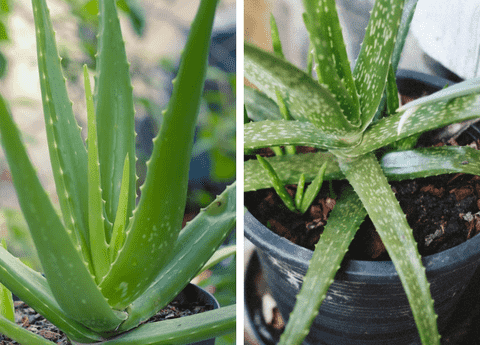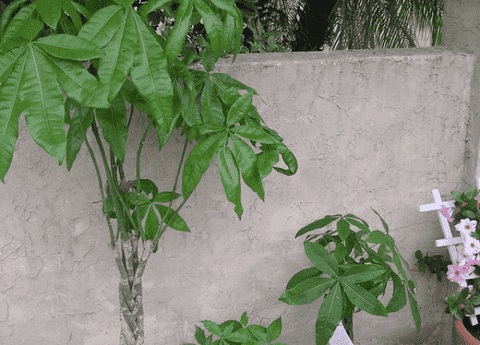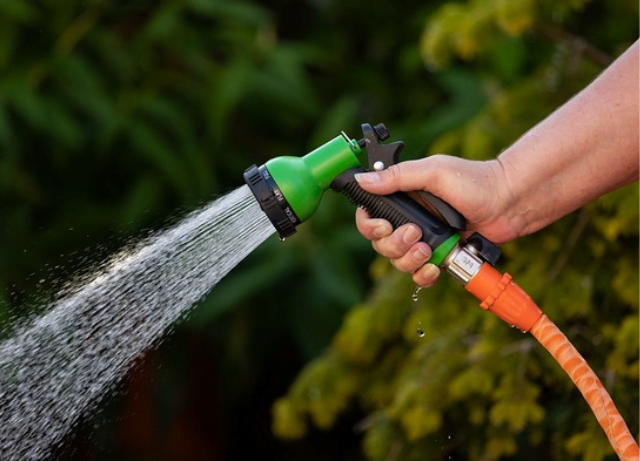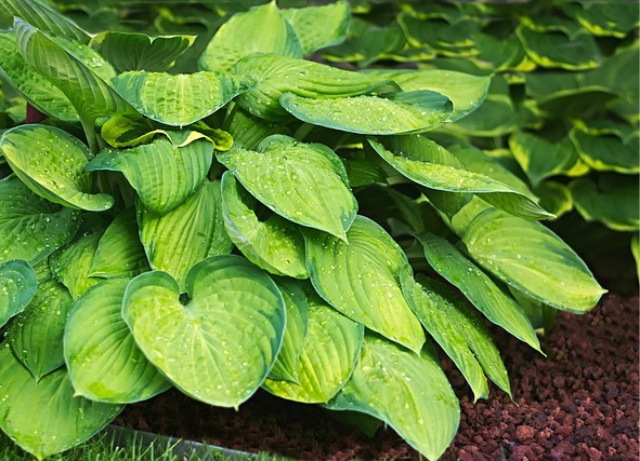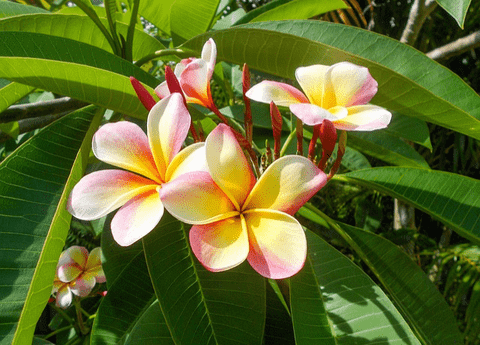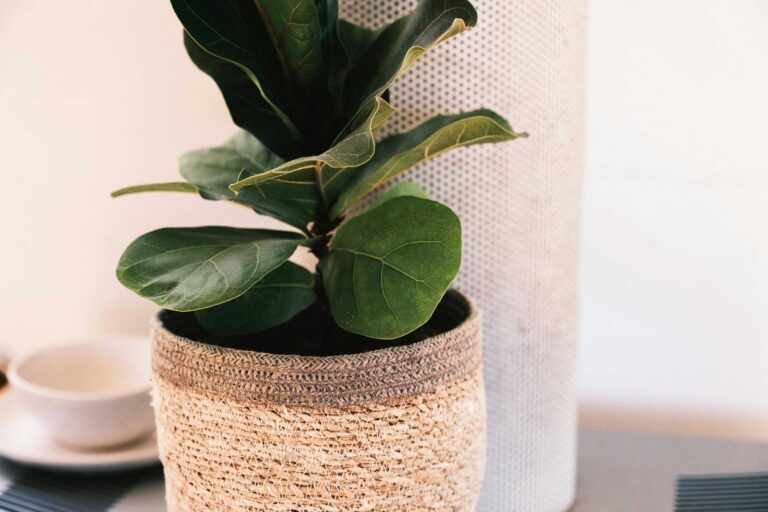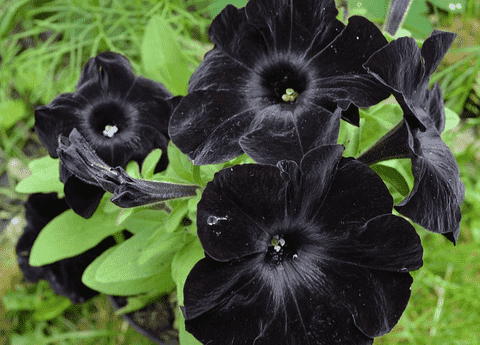Aloe Vera Growth Secrets: An Essential Guide for Gardeners
Table of Contents
Aloe vera, with its striking, succulent leaves and myriad health benefits, has become a beloved plant for many gardeners. Cultivating this versatile flora at home not only enhances your space with greenery but also provides a natural remedy for minor burns and skin irritations. Whether you’re an experienced gardener or a novice, understanding the secrets to aloe vera’s growth can be crucial for achieving a thriving, lush plant. In this guide, we delve into essential tips and tricks for growing and caring for aloe vera, ensuring your plant flourishes year-round.
Aloe Vera Growth Secrets
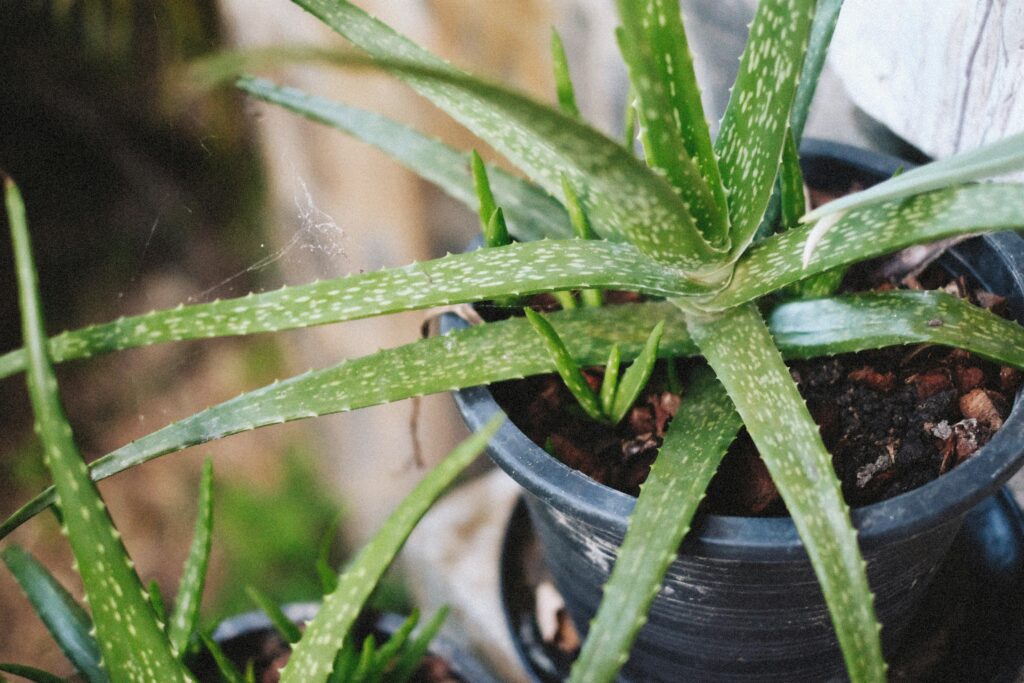
Choosing the Right Soil
Selecting the right soil is paramount for the healthy growth of aloe vera. As a succulent, aloe vera thrives in well-draining soil that mimics its natural arid environment. The ideal soil for aloe vera is a cactus or succulent mix, which ensures adequate drainage and prevents root rot. Alternatively, you can create your own mix by blending regular potting soil with sand or perlite in a 1:1 ratio. This combination provides the necessary nutrients while ensuring excess water escapes easily. Avoid using heavy garden soils or those that retain excessive moisture, as they can lead to waterlogged roots and ultimately damage your plant. Proper soil selection lays the foundation for a thriving aloe vera, promoting robust growth and longevity.
Optimal Lighting Conditions
Aloe vera plants flourish under bright, indirect sunlight. They thrive best when placed in locations that receive ample light, such as near a south or west-facing window. Direct sunlight can be too intense and may cause the leaves to scorch, especially during peak afternoon hours. However, aloe vera can also adapt to lower light conditions, although this may slow its growth. If you notice your aloe vera stretching or becoming leggy, it is likely seeking more light. In such cases, consider relocating it to a brighter spot or supplementing it with artificial grow lights. Ensuring your aloe vera receives the optimal amount of light is key to maintaining its vibrant, healthy appearance and supporting its overall growth. Proper lighting conditions are essential for maximizing the plant’s natural beauty and medicinal properties.
Watering Techniques for Success
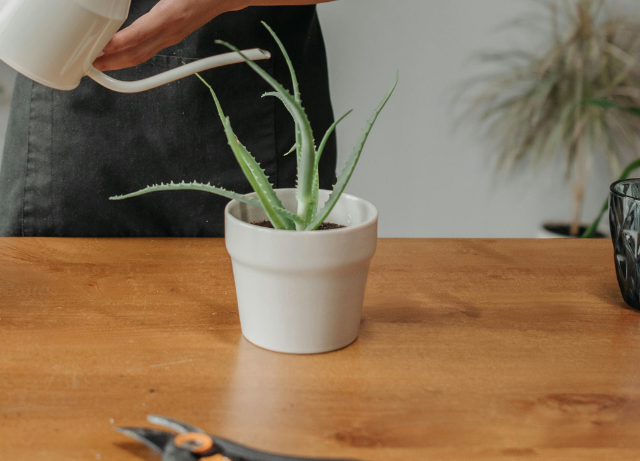
Mastering the right watering techniques is vital for the success of your aloe vera. These drought-tolerant plants prefer to dry out between waterings. Excessive watering often results in root rot, a prevalent problem among plants. To prevent this, water your aloe vera thoroughly but infrequently. Allow the top few inches of soil to dry completely before the next watering. Typically, watering every three weeks is sufficient, although this can vary based on your climate and the plant’s location. In winter, reduce the frequency, as aloe vera’s growth slows down. Ensure that your pot has drainage holes to allow excess water to escape, preventing waterlogged roots. By attentive watering practices, you will promote a healthy root system and vibrant growth. Correct watering practices are essential for the longevity and overall health of your aloe vera plant.
Pruning for aloe vera
Remove Dead Leaves: Start by cutting away any brown, wilted, or dead leaves at the base of the aloe vera plant. This helps stop the spread of disease and lets the aloe vera plant concentrate its energy on new growth.
Cut at the Base: Use clean, sharp scissors or pruning shears to make cuts at the base of the leaves where they join the main stem. Be careful not to damage the healthy leaves of aloe vera or the central stem.
Remove Offsets: Aloe vera plants produce offsets or “pups” around the base. If your plant has these, you can remove them to prevent overcrowding. Gently separate the pups from the main plant and replant them if desired.
Avoid Over-Pruning: Only remove a few leaves or offsets at a time. Over-pruning can stress the plant and slow its growth.Sanitize Tools: Always sanitize your tools before and after pruning to prevent the spread of disease.

